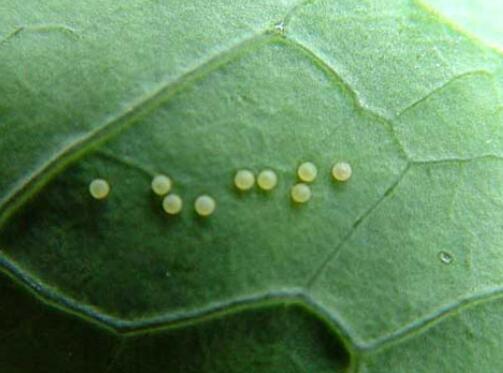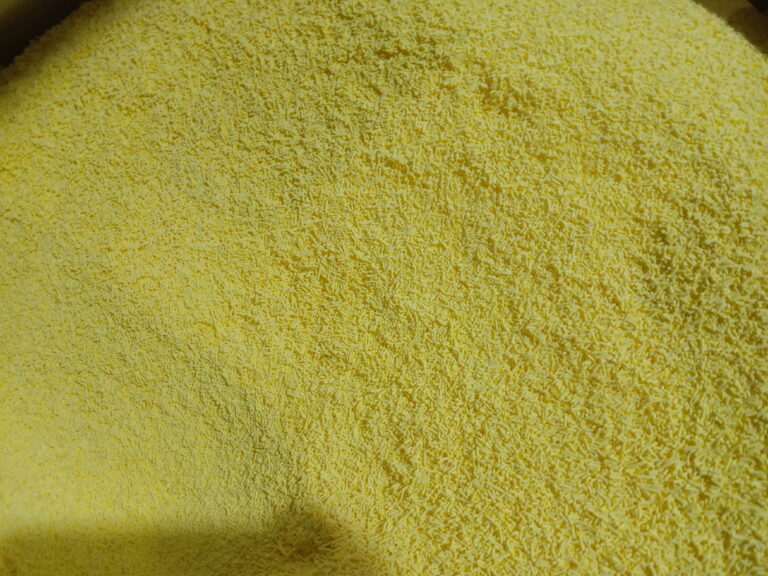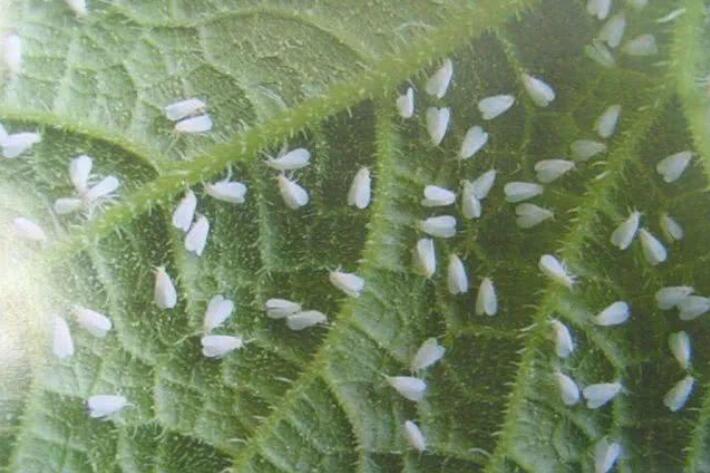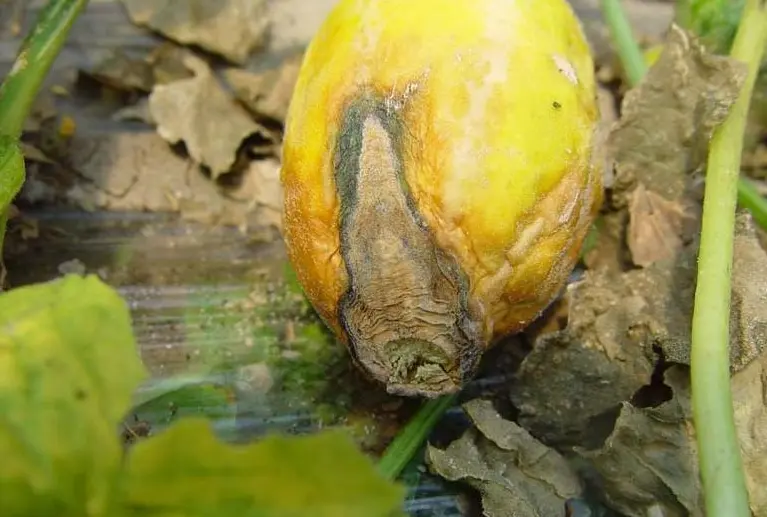
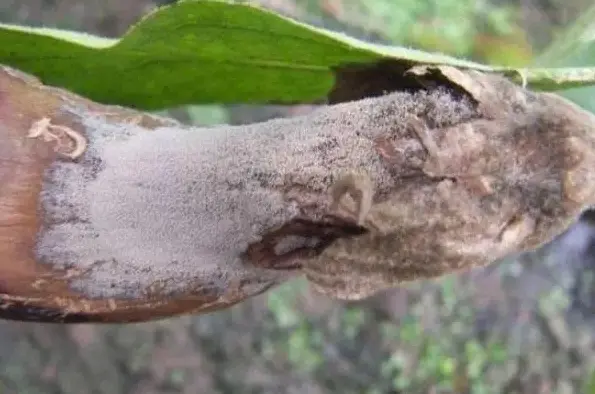
Introduction to Plant Viruses
Viruses are not independent organisms. They are tiny fragments of DNA or RNA wrapped in protein and fat. Viruses do not have cells. They can only survive and reproduce by invading the cells of other living organisms. Due to their small size, about one-thousandth the size of bacteria, they are invisible under a regular microscope. Only advanced electron microscopes can detect them.
How Viruses Infect Plants
Once a viral disease infects a plant, it is almost irreversible. Pesticides available today can only slow the virus down or prevent further spread. Viruses spread through various means. Insects like thrips, aphids, and leafhoppers, which feed on plant sap, are the primary carriers. In some cases, viruses can also spread long distances through infected seeds or seedlings.
Common Plant Viral Diseases
Most plants are vulnerable to viral infections. However, solanaceous crops (like tomatoes and potatoes) and cucurbit crops (such as cucumbers and melons) are particularly at risk. Two common viruses affecting these crops are the Tobacco Mosaic Virus (TMV) and the Cucumber Mosaic Virus (CMV). These viruses can infect a variety of crops, including beans, crucifers, and many vegetables. Their impact on agriculture is significant.
The Tobacco Mosaic Virus (TMV)
The Tobacco Mosaic Virus was the first virus ever discovered by humans. It was named after the tobacco plant where it was initially found. There are four informal subtypes of TMV, each affecting different plant families. These subtypes infect solanaceous plants (including tobacco), cucurbit crops (such as melons), cruciferous vegetables (like cabbages), and even some wild plants.
Viruses Affecting Tomatoes
Tomato crops are particularly susceptible to viral infections. Common viruses that affect tomatoes include:
- Tobacco Mosaic Virus (TMV)
- Tomato Mosaic Virus (ToMV)
- Tomato Mottle Mosaic Virus (ToMMV)
- Tomato Yellow Leaf Curl Virus (TYLCV), first discovered in Nanning, China
- Tomato Chlorotic Dwarf Viroid (TCDVd)
- Tomato Spotted Wilt Virus (TSWV)
- Tomato Brown Rugose Fruit Virus (ToBRFV)
- Pepper Mild Mottle Virus (PMMoV)
The first three and the last two belong to the Tobacco Mosaic Virus family. These viruses are a significant threat to tomato production and can cause devastating losses in agriculture.
Conclusion
Plant viral diseases are a serious threat to agriculture. They are difficult to control once a plant is infected. Most viruses are transmitted by insects or through seeds. Early detection and preventive measures are crucial to protecting crops from these viruses.
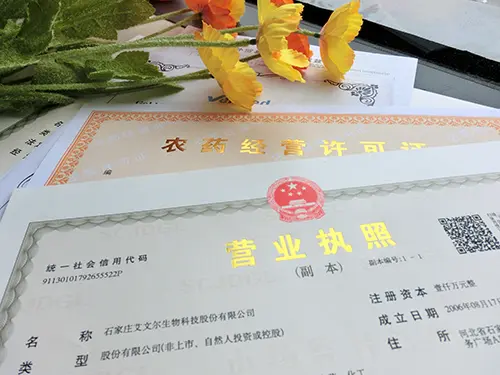
Certificate support
We provides various certificates, including SGS, IBO, and ICAMA. These certifications help customers gain a competitive edge in the market. Awiner assist clients in registering pesticides.
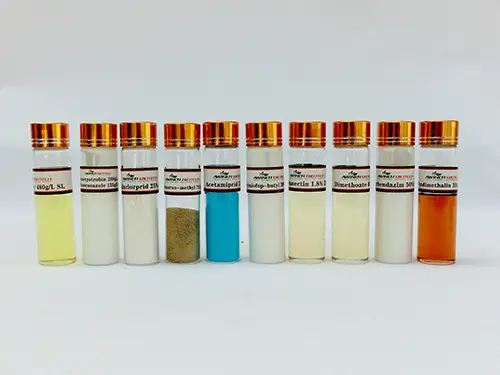
Customized pesticide formulation
A professional technical team will formulate pesticide single agents or combination products tailored to the local conditions and specific needs of crops in the customer’s region.
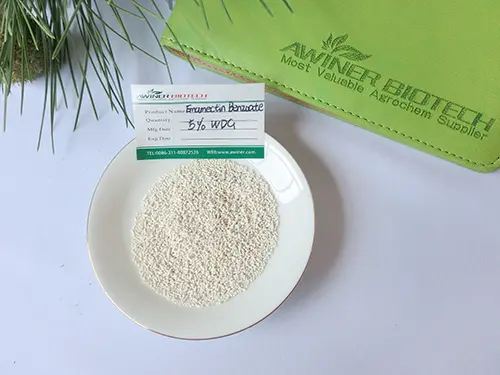
Support samples
Providing samples is part of our excellent service. Generally, samples can be provided within 3 days, and our staff will send them to customers as soon as possible according to the schedule.
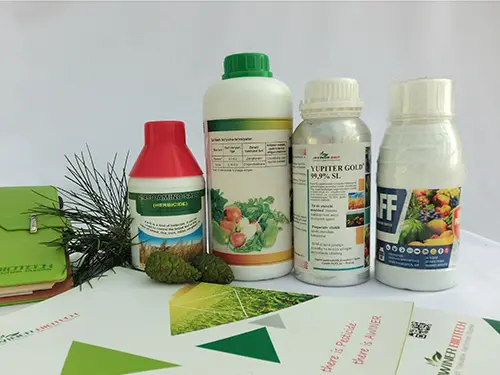
Packaging customization
Pesticide liquid bottles, aluminum foil bags, labels, logos, and more can all be customized to meet customer needs. Our professional design team provides quick design services for customers.
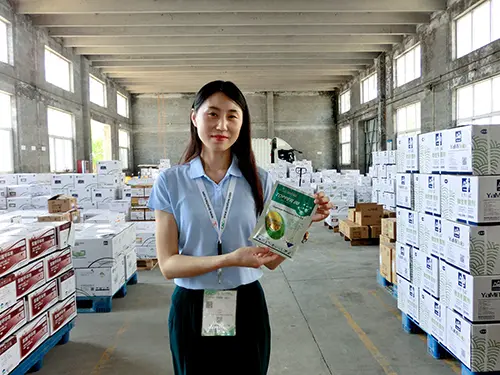
Market Assistance
We collaborate with multiple countries on pesticide exports and can provide customers with local market product data. This helps our clients quickly gain a foothold in the local market.

After-sales service
Pre-sales and production are our strengths, but our after-sales service is also a key advantage. Our professional after-sales team assists customers with customs clearance, sales, and other related issues.


